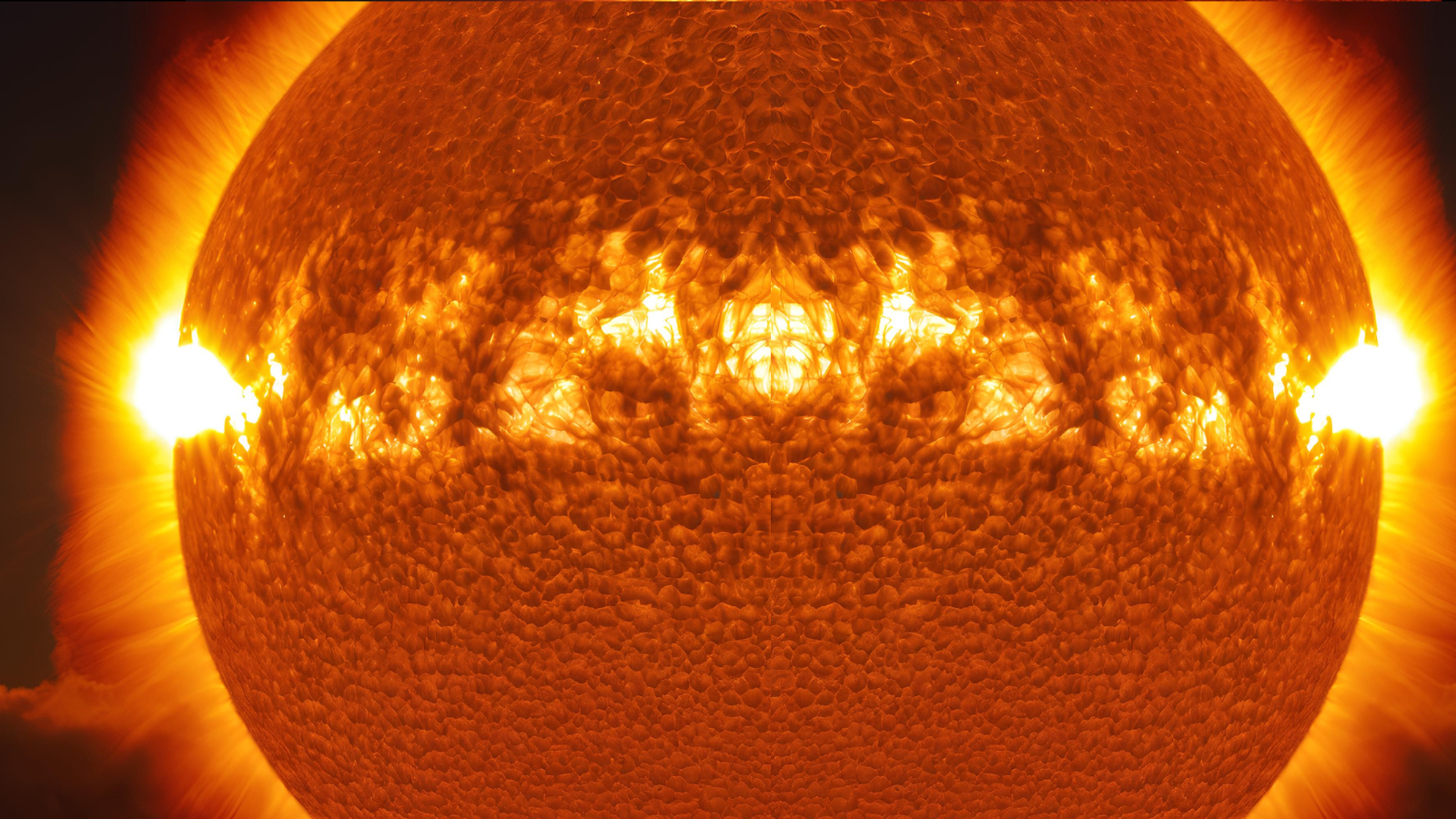
Astronomers have discovered a new star that is 30 times larger than the sun and could force a major rethink of stellar evolution theories. The star, designated J0524-0336 and located around 30,000 light-years from Earth, has a shockingly high concentration of the element lithium when compared to the sun at its current age or other stars of similarly advanced ages.
This is an issue for our understanding of how stars forge heavier elements via nuclear fusion because lithium is a light element; current models suggest light elements are lost through this process in favor of heavier elements like carbon and oxygen.
Not only is J0524-0336 rich in lithium, but it also has a corresponding lack of heavy elements.
Astronomers discovered J0524-0336 while hunting for older stars in the Milky Way. The star is in the latter stages of its life, meaning it is classed as an "evolved star," and is swelling up, with the increase in size also making it brighter.
Related: 10 new dead star 'monsters' discovered at the heart of the Milky Way
Following the discovery of this star, researchers set about revealing its chemical composition using a method called spectroscopy. Because different elements emit and absorb light at characteristic wavelengths, looking at a star's light output, or "spectra," can reveal its composition and the ratio of elements it contains.
"We found that J0524-0336 contains 100,000 times more lithium than the sun does at its current age," team leader and University of Florida researcher Rana Ezzeddine said in a statement. "This amount challenges the prevailing models of how stars evolve and may suggest a previously unknown mechanism for lithium production or retention in stars."
An unknown stage in stellar evolution — or something else?
The team isn't completely in the dark about this star's usual chemical composition.
They have a few potential hypotheses to explain why J0524-0336 is so unusual. One possibility is that the star may be in a stage of stellar evolution that has never been observed before. Alternatively, when the star swelled up, it may have enveloped an orbiting planet or even a nearby star. If that celestial body was rich in lithium, it may have infused J0524-0336 with the element. And, if such absorption happened relatively recently, J0524-0336 may not had the time needed to fuse that lithium to heavier elements.
Ezzeddine suggested that the lithium content of J0524-0336 is so great that both mechanisms may have been at play.
The team will need to continue to observe the star to determine which mechanism is behind this unusual result, or whether it is indeed both — or if the culprit is something else entirely.
Ezzeddine and colleagues now intend to continue studying J0524-0336, hoping to conduct a continuous monitoring program to see if and how its composition changes.
"If we find a build-up of dust in the star’s circumstellar disk, or the ring of debris and materials being ejected from the star, this would clearly indicate a mass loss event, such as a stellar interaction," Ezzeddine concluded. "If we don’t observe such a disk, we could conclude that the lithium enrichment is happening due to a process, still to be discovered, taking place inside the star instead."
The team's research is published on the research repository arXiv and is set to be featured in The Astrophysical Journal.







